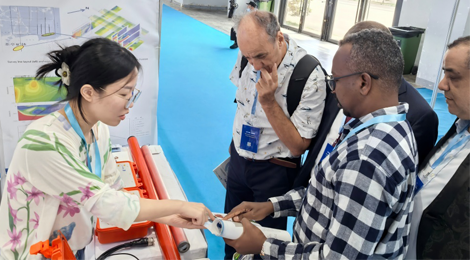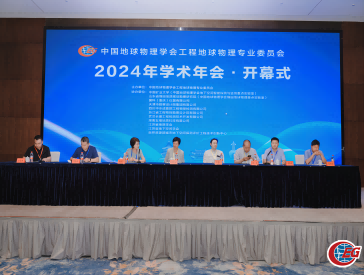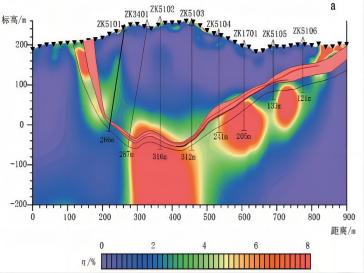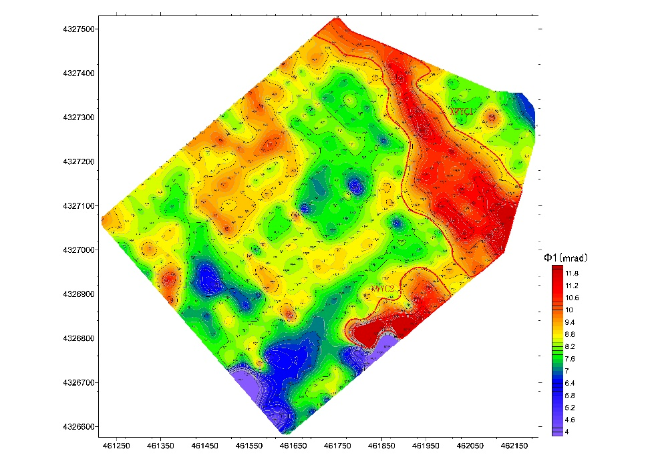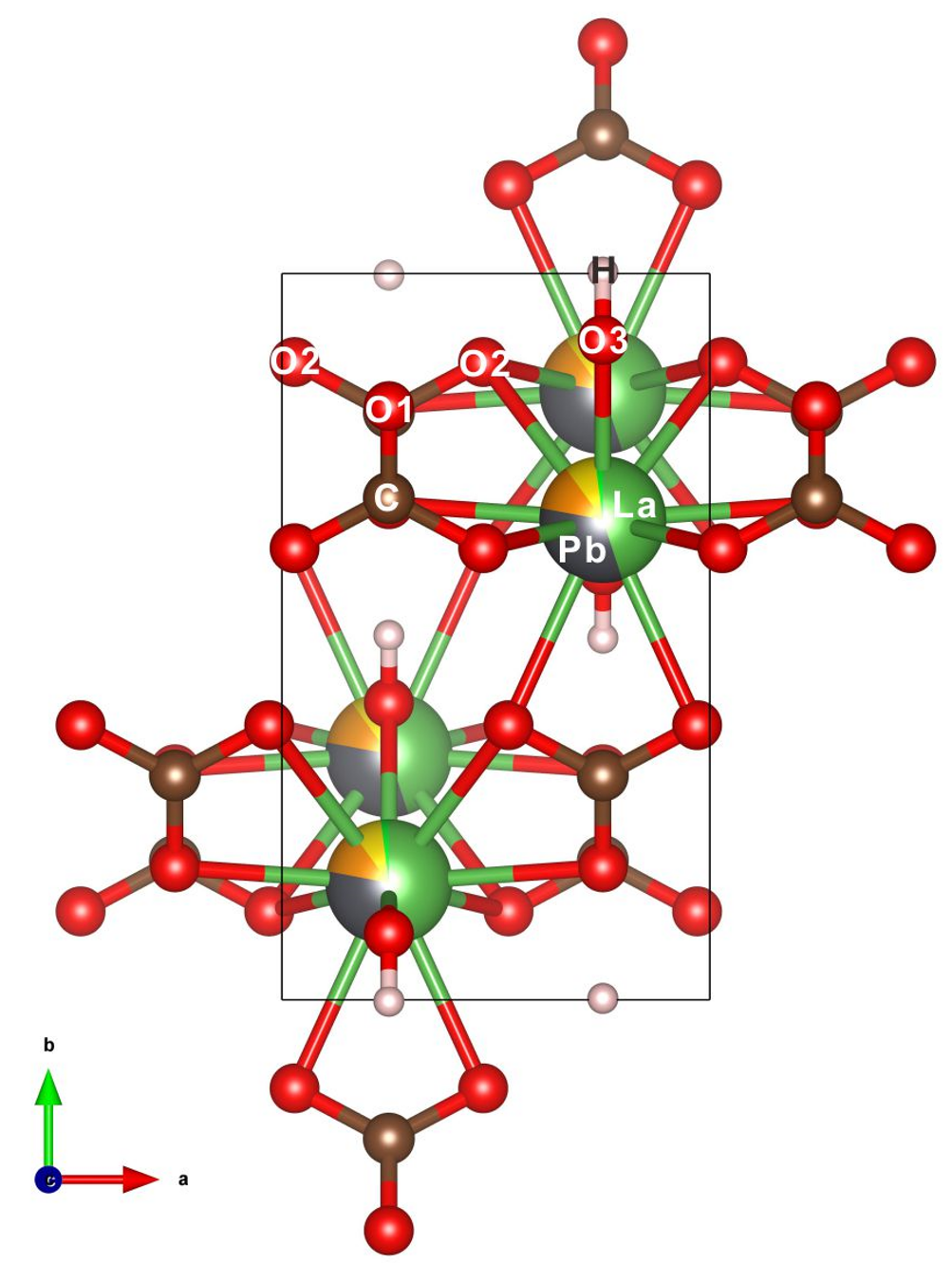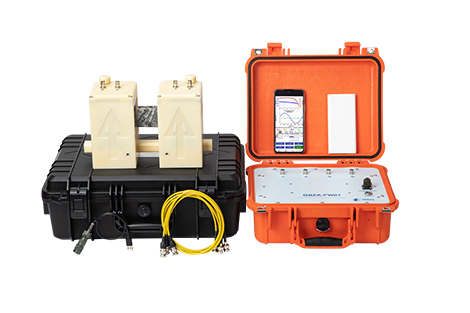GSAI Geophysics Develops China's First High-Precision Broadband Rock and Ore Specimen Complex Impedance Analyzer
Recently, the research team led by Associate Professor Chen Rujun from Central South University has successfully developed China’s first domestically produced high-precision broadband rock and ore specimen complex impedance analyzer. In an effort to localize the development of such an instrument, the team began research and development in 2013. After eight years of technological breakthroughs, they successfully created a low-frequency (measurement range: 1mHz–1kHz) rock and ore specimen complex impedance analyzer with high precision, low power consumption, user-friendly operation, and excellent portability. It is manufactured and marketized by GSAI Geophysics base in Changsha, Hunan province of China.
To date, 18 instruments have been sold, making it an essential tool for research institutions, universities, and enterprises engaged in petrophysical studies. The instrument has also been successfully applied in various research and service projects, including chromite exploration in Tibet, China, detection of groundwater pollution leakage channels in Guizhou, China, electrical prospecting for polymetallic deposits in Nanjing, Jiangsu, China, and electrical exploration of copper-polymetallic deposits in Alxa League, Inner Mongolia, China. These applications have generated direct and indirect economic benefits of approximately 13.89 million USD.
Regarding the low-frequency rock and ore specimen complex impedance analyzer, the research team has published three high-level academic papers, applied two U.S. invention patents and one China national invention patent, and received authorization for one China national invention patent. The project has also contributed to the training of five master's students.
The Importance of Broadband Rock and Ore Specimen Complex Impedance Analyzer
The study of electrical parameters in rock and ore samples is a fundamental task in electrical and electromagnetic exploration methods. This research is crucial for distinguishing between ore and non-ore, constraining geophysical forward and inverse modeling calculations, and improving exploration accuracy.
Currently, mainstream rock and ore electrical measurement systems on the market include:
1. HP4194A Impedance-Phase Analyzer by Hewlett-Packard (USA)
2. SCIP Core Induced Polarization Response Meter by GDD (Canada)
3. Solartron-1260A Impedance Analyzer by Solartron (UK)
4. SIP-FUCHS-3 Spectral Induced Polarization Detection System by Redic Research Institute (Germany)
Among these, the Solartron-1260A, known for its wide measurement frequency range and high accuracy, represents the most advanced international technology and holds the largest market share globally. China is a major consumer of the Solartron-1260A, but the instrument is expensive, slow to upgrade, and bulky, making it increasingly unsuitable for high-level research and field applications requiring electrical measurements of rock and ore samples.
Development of the CSUZA-FW08 Broadband Complex Impedance Analyzer for Rock and Ore Specimens
Following the successful development of the low-frequency rock and ore specimen complex impedance analyzer, Associate Professor Chen Rujun’s team advanced their research to develop a CSUZA-FW08 Broadband (1mHz–100kHz) Complex Impedance Analyzer for Rock and Ore Specimens. Leveraging the technology accumulated from previous research, the development of this instrument received funding from the 2022 National Key R&D Program, specifically under task “Development of electrical property measuring instrument for rock ore samples” of the "High-Resolution Comprehensive Electromagnetic Measurement System" project.
The broadband rock and ore specimen complex impedance analyzer has now been successfully developed and is undergoing technology transfer at Zhongdizhuang (Chongqing) Geological Instrument Co., Ltd., with production of 10 units nearing completion.
Performance Comparison with International Benchmark Instruments
Test results show that this instrument can measure impedance in the range of 1Ω–1GΩ, covering nearly all types of rock and ore impedance measurements.
For impedance values up to 100MΩ:
The impedance amplitude measurement error is less than 1%
The phase error is less than 3mrad, surpassing the performance of the Solartron-1260A
For impedance values between 100MΩ and 1GΩ:
Utilizing adaptive sampling resistivity matching technique, error calibration technique for positive and negative excitation, and contact impedance self-correction technique,
The resistivity measurement accuracy reaches 3%,
The phase accuracy reaches 5%, exceeding the measurement precision of the Solartron-1260A in high-impedance sample testing.
In comparative tests on two rock samples, chalcopyrite-mineralized samples and diorite samples exhibited significant spectral induced polarization response differences. The chalcopyrite-mineralized sample demonstrated low resistivity and high polarization characteristics. The inversion fitting curves using the Cole-Cole model closely matched actual test results, proving the system's effectiveness in distinguishing and identifying mineralized rock samples.
To date, research on the broadband rock and ore specimen complex impedance analyzer has resulted in the publication of two high-level academic papers, the application of one national invention patent, and the training of three master's students.
The successful development and commercialization of this instrument mark a significant step toward replacing imported alternatives, contributing to the advancement of China’s high-end geophysical equipment and supporting the nation’s "New Round of Strategic Mineral Exploration" initiative.



